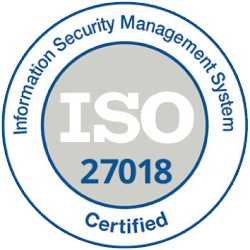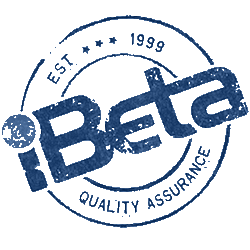In recent times, Face Recognition using artificial intelligence provides boundless advantages and profits to various businesses and organizations. Face matching features are used in offices, airport terminals, cell phones, computers/desktops, etc. People use face matching or artificial intelligence to forestall brutality and wrongdoing. Digital KYC, with the help of artificial intelligence, is used to bring the biometric security highlight in the gadgets.
History of Face Recognition Using Artificial Intelligence
Face recognition started in the ’60s when Woodrow Wilson (Woody) Bledsoe built up an approach to order faces utilizing gridlines. His initiative had the option to coordinate 40 faces at one time. Face recognition using artificial intelligence saw another achievement at the Stanford Research Institute, where the innovation demonstrated to outflank people as far as the precision of acknowledgment. From these initiatives during the early ’20s, selfie face recognition saw another boom in India and abroad.
Timeline of Face Recognition Feature
- The 1960s: with financing from an anonymous insight office, Woodrow Wilson Bledsoe makes first manual estimations utilizing electromagnetic heartbeats.
- The 1970s: Researchers Goldstein, Harmon, and Lesk set up 21 purposes of facial estimation.
- 1988: Kirby and Sirovich set up standardized face pictures utilizing less than 100 purposes of facial estimation.
- 1991: Turk and Pentland’s design first rough programmed face discovery from pictures.
- 1993: Defense Advanced Research Projects Agency (DARPA) makes the main fundamental information base of facial pictures.
- 2002: A face acknowledgment information base of 856 individuals is utilized at Super Bowl XXXV. The trial comes up short.
- 2003: DARPA information base moves up to 24-digit shading facial pictures.
- 2004: National Institute of Standards and Technology makes the NIST test.
- 2009: Pinellas County Sheriff’s Office makes a criminological information base.
- 2010: Facebook makes picture personality auto-labeling utilizing face acknowledgment.
- 2011: Panama Airport introduces the first face acknowledgment reconnaissance framework.
- 2011: Body of fear engineer Osama receptacle Laden decidedly recognized utilizing face acknowledgment.
- 2013: FaceFirst arrives at compelling continuous versatile match alarms over cell association.
- 2014: Automated Regional Justice Information System (ARJIS) sends a cross-organization framework in southern California, sharing criminal face acknowledgment information across nearby, state, and government offices.
- 2016: U.S. CBP conveys leave face acknowledgment at Atlanta Airport.
- 2017: iPhone X turns into the world’s top-selling telephone with face acknowledgment access control.
- 2018: FaceFirst accomplishes 150,000 facial purposes of estimation, including the capacity to decide character from 90-degree profile pictures.
- 2018: Japan reports that it will utilize face acknowledgment to confirm the character of competitors at the 2020 Olympic Games.
Face recognition using artificial intelligence used nowadays
Face matching using artificial intelligence has become an innovation used for various purposes like digital KYC, passport scanner, ID card scanner, etc. Face recognition features can be utilized, in an assortment of administrative and business environments, well being, and security world. This feature has solved various manual-features of recognizing the identity of an individual. The face recognition feature recognizes people by using the numeric layout of the person’s face.
In light of the specialized movement, facial recognition using artificial intelligence would now be able to be utilized in an assortment of administrative and business conditions, from recognizing banned evildoers endeavoring passage at a football arena or helping self-avoided card sharks at gambling clubs to conquer enslavement.
The more extensive ramifications for face recognition implies that each cooperation can use the sop, search, capture feature to know about a person. Specialists on-call can now unexpectedly be sent and outfitted with the capacity to recognize more extensive gatherings of individuals of interest with a level of exactness that recently depended uniquely on the untrustworthy human memory. Choose from a wide range of real-time facial recognition services offered by Accurascan, to get one of the most premium services in the industry.


























